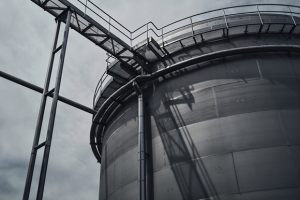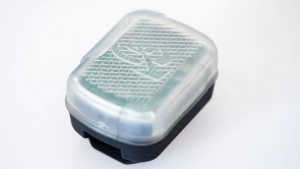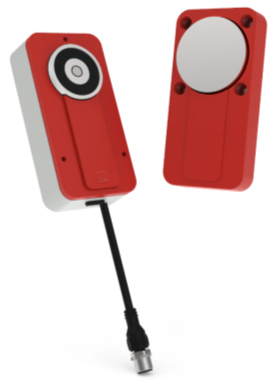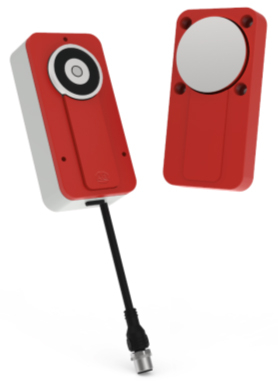New Research Project To Investigate Sensor Fusion And Collision Avoidance For Advanced Ships
The Department of Engineering Cybernetics at the Norwegian University of Science and Technology (NTNU) is leading a new Knowledge-Building Project for Industry that will study collision avoidance for advanced ships. The AUTOSEA project is sponsored by the Research Council of Norway with DNV GL, Kongsberg Maritime and Maritime Robotics as industry partners.
The Maritime industry has seen an increasing focus on safety and reliability over many decades. Still the accident and casualty rates are high compared to other industries and numerous studies indicate that the majority of these accidents are caused by human errors. Recent advances in self-driving cars and other autonomous systems have shown that it is possible to achieve a high degree of situation awareness and autonomy using advanced sensor technology in combination with cleverly designed algorithms. Using this type of technology on oceangoing vehicles, while keeping the human in the loop, may be a key in reducing these types of accidents.
The AUTOSEA project intends to focus on automated situation awareness using sensor fusion to reduce the risk of collisions between ships and vehicles when an increased level of autonomy is introduced. To improve detection capabilities also on small objects and better cover the close-range sector, the AUTOSEA project will, in addition to conventional maritime radar, include sensor types not normally used for such purposes in the maritime sector, like camera, infrared and LIDAR.
For the technology to be successful, it will be necessary to resolve conflicts between sensors, and to interpret and support decisions in situations of ambiguity. An increased degree of autonomy on oceangoing vehicles also needs to comply with maritime anti-collision regulations (Convention on the International Regulations for Preventing Collisions at Sea - COLREGs).
“The last decade has witnessed a substantial progress towards increased autonomy both for land vehicles, aerial vehicles, and underwater vehicles. However, ocean surface vehicles represent a different context and more complex challenges that requires substantial research”, explains Edmund Brekke, Associate Professor at the NTNU’s Department of Engineering Cybernetics. “The primary objective of the research project is to gain competence and knowledge of multisensor data fusion, in order to provide a solid foundation for the qualification of autonomous marine technology.”
The project is divided into four areas: sensor fusion, collision avoidance, system architecture and experiments. Sensor fusion involves detection and tracking of moving objects during navigation and manoeuvring using imaging sensors, while collision avoidance will investigate both proactive and reactive methods. System architecture will consider reliability, handling of erroneous data and adaptation of strategies from the automotive and aerospace industries. Experiments will be used to validate and demonstrate COLREGs-compliant navigation and control and assessing detection capabilities using different sensors.
“Our vision is to attain world-leading competence and knowledge in the design and verification of sensor fusion and collision avoidance for advanced ships and vehicles in maritime operations”, adds Thor Hukkelås, Principal Engineer Marine Operations at Kongsberg Maritime. “There is a great potential for increased efficiency and safety in many operations by using autonomy to support humans working and living in challenging ocean space.”
“This project will lead to technology and methodology that will increase cost-efficiency and safety in maritime surface operations”, says Vegard Evjen Hovstein, CEO of Maritime Robotics. “Simple, repetitive and sometimes dangerous maritime surface operations can beneficially be a subject to more automation with humans supervising and monitoring that the overall safety is maintained.”
“The project will provide a solid foundation for independent third-party verification of situation awareness and collision avoidance technology. It aims to increase knowledge and consciousness about using autonomy in this sector among regulators and members of user groups. We also expect that dissemination of results from the project will be of interest beyond the maritime industry”, concludes Øystein Engelhardtsen, Senior Researcher at DNV GL.
Similar articles
More from Kongsberg Maritime
- Strategic alliance formed to serve offshore drilling 2nd May 2017
- Variable frequency drives in focus for new partnership 8th September 2016
- Contract granted for new Caledonian maritime assets 3rd August 2016
- New Research Project To Investigate Sensor Fusion And Collision Avoidance For Advanced Ships 2nd June 2015












Write a comment
No comments